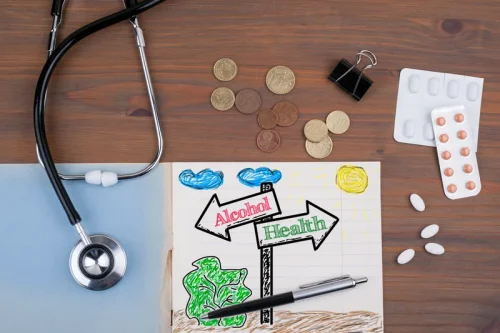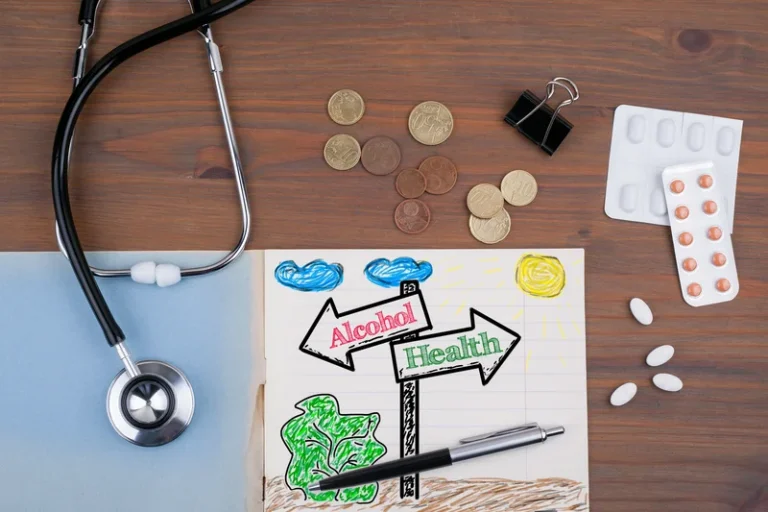
Alcohol-induced anxiety is the uncomfortable feeling that can happen after drinking heavy amounts of alcohol. For those who have an alcohol use disorder, it’s a symptom of alcohol withdrawal syndrome. Moreover, alcohol-induced changes in sleep patterns, mood regulation, and overall brain function can further worsen anxiety symptoms over time. It’s essential to recognize the potential for alcohol use to exacerbate anxiety and to seek healthier coping mechanisms and support systems to manage anxiety effectively. While some individuals may initially turn to alcohol as a means of coping with anxiety symptoms, the long-term effects of alcohol on mental health can exacerbate anxiety and lead to a vicious cycle of dependence. People with anxiety are up to three times more likely to have an alcohol problem or other substance abuse than those without anxiety.
Celecoxib oral capsule interactions: Alcohol, medications, and other factors

These factors spotlight the importance of probing for anxiety disorders in women entering alcohol treatment and reinforce the need to remain sensitive to the different ways that gender can influence the process and outcomes of therapy. Alcohol might also increase inhibitory neurotransmission by increasing the activity of inhibitory neuromodulators, such as adenosine. Activation of the adenosine system causes sedation, whereas inhibition of this system causes stimulation. Stimulants that inhibit the actions of adenosine include caffeine as well as theophylline, a chemical found in tea. Animal studies have shown that caffeine and theophylline reduce the sedative and motor-incoordinating effects of alcohol (Dunwiddie 1995), although these substances do not alleviate symptoms of intoxication in humans.

Anxiety Day After Drinking

Naltrexone, an opioid receptor antagonist with approved indications for alcohol relapse treatment in AUDs, has alleviated the severity of the PTSD symptoms in various open trials (86, 88, 92, 93). However, a later 12-week naltrexone and disulfiram RCT in veterans did not show that naltrexone medication was significantly more effective than placebo in the reduction of PTSD symptoms (92). One of the five major components of the glutamate system, the N-methyl-d-aspartate (NMDA) receptor (27), could play a role in the risk of benzodiazepine abuse.
- Nevertheless, the information currently available clearly indicates that serotonergic signal transmission plays an important role in alcohol abuse and therefore may yet be a target for therapies to reduce alcohol consumption.
- An example of such behavior is tolerance (i.e., a person must drink progressively more alcohol to obtain a given effect on brain function).
- Specifically, whereas socially phobic men benefitted equally well from either cognitive–behavioral therapy (CBT) or 12-step facilitation (TSF), women with social phobia fared less well if they were assigned to TSF.
- This concept, in fact, is shared by several models of alcoholism, including the self-medication (Khantzian 1985; Quitkin et al. 1972), tension reduction (Conger et al. 1999), and stress-response dampening models (Sher 1987; Sher and Levenson 1982).
- This can set the stage for alcohol dependence and a decreased ability to feel pleasure from normally enjoyable activities.
- While alcohol might feel like a solution in the short term, this drinking behavior comes with many problems.
Alcohol exacerbates psychosocial stress-induced neuropsychiatric symptoms: Attenuation by geraniol

Inhibitory neurotransmitters alcohol serotonin anxiety transiently decrease the responsiveness of other neurons to further stimuli, whereas excitatory neurotransmitters produce the opposite effect. Some neurotransmitters produce longer lasting changes, contributing to processes such as learning and memory. Chemical messengers called neuromodulators modify the effects of neurotransmitters.

- Research shows that people with alcoholism find it difficult to recover from traumatic events.
- In addition, excessive GI serotonin release can activate 5-HT3 receptors on afferent vagal nerves that innervate brainstem vomiting centers (61), which may partly explain why 5-HT3 antagonists such as ondansetron are effective antiemetics.
- Naltrexone, an opioid receptor antagonist with approved indications for alcohol relapse treatment in AUDs, has alleviated the severity of the PTSD symptoms in various open trials (86, 88, 92, 93).
- The majority of the data for the efficacy and tolerability of medication were for SSRIs (paroxetine) in the case of social anxiety and AUDs (1).
- Serotonin is also important to the brain since it helps control moods and happiness.
Acamprosate and naltrexone have the best evidence supporting their efficacy, but head-to-head trials have not consistently established the superiority of either medication. Thus, other factors can contribute to medication choices, such as frequency of administration, potential adverse events, and the availability of treatments. There is moderate evidence of efficacy for the off-label use of the drugs nalmefene and topiramate in the improvement of some alcohol consumption outcomes, and there is also limited evidence concerning valproic acid (1, 15, 45).
Typically, doctors will recommend that you avoid taking St. John’s wort with buspirone. St. John’s wort is an herbal supplement that may be used to treat depression and other conditions. Before you start taking buspirone, talk with your doctor and pharmacist about any herbs, vitamins, or supplements you take.
For example, serotonin can increase the activity of GABAergic neurons in the hippocampal formation (Kawa 1994), a part of the brain that is important for memory formation and other cognitive functions. Consequently, alcohol’s effects on serotonin may alter the activity of GABAergic neurons in the hippocampal formation. These changes may disrupt cognition and possibly contribute to alcohol-induced memory loss and impaired judgment. Serotonin regulates several different aspects of cardiac function, ranging from electrical conduction to valvular closure to post–MI remodeling (Figure 2).
SEROTONIN AND GENITOURINARY FUNCTION
Therefore, clients in CBT who also have social anxiety may particularly benefit from additional practice with assertiveness, perhaps including adjunctive social-skills training. Food and Drug Adminstration (FDA) for the management of generalized anxiety disorder. Similar to other serotonergic-based medications, buspirone has a desirable safety profile but a relatively delayed onset of anxiolytic effects.
 Hurry Up Sale is Going On!
Hurry Up Sale is Going On!